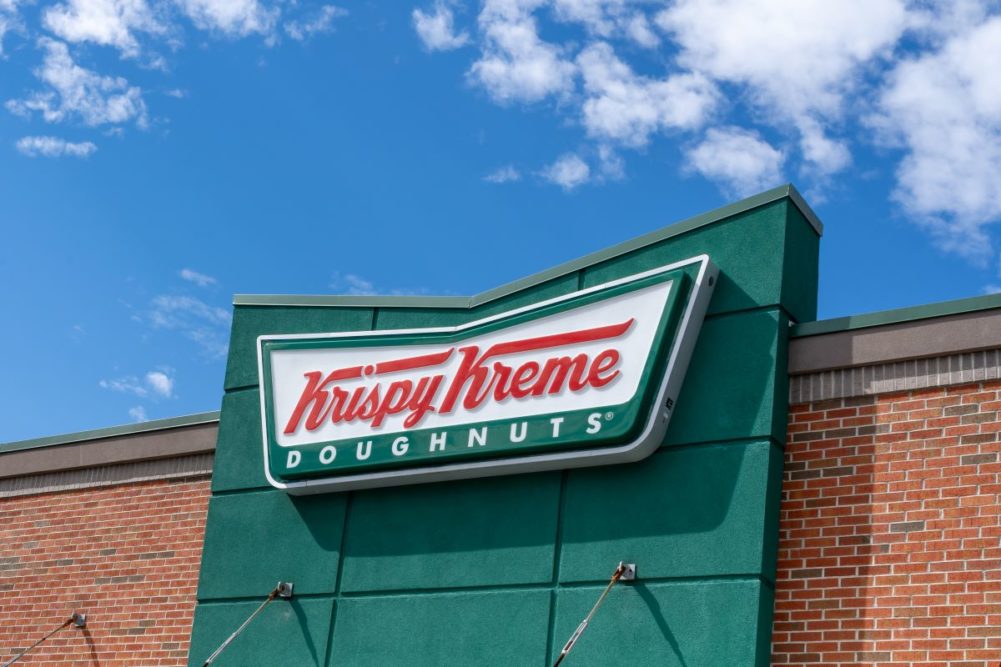NEW YORK — Krispy Kreme has significant whitespace for new growth channels and international expansion representatives said Dec. 5 at the Morgan Stanley Global Consumer & Retail Conference in New York.
Josh Charlesworth, incoming chief executive officer, said the company’s growth strategy is simple — keep reminding people of the “joy” that is eating Krispy Kreme and getting donuts out to more people.
“We make 5 million donuts a day already,” Mr. Charlesworth said. “That’s a lot to get perfect every time. With channel opportunities like QSR (quick-service restaurants) would be an obvious one … the standards are going to be really high. I think the only shift you’ll see is a real focusing in on that growth opportunity.”
He highlighted the whitespace in the US markets, like Boston and Minneapolis, as well as opportunities in channels like QSRs. Mr. Charlesworth said his focus is on optimizing operations and productivity to generate strong margins and returns on the incremental capital required.
“The No. 1 reason that someone does not purchase is convenience,” Mr. Charlesworth said. “They may know the brand … I think that’s why we see when we put (the brand) in drug stores, the QSR environment, subway stations and in our own shops, we see very little cannibalization between them.”
Besides expanding into convenience stores in some US markets, the brand sees whitespaces in the UK and other international markets.
“We see a lot of growth from those new markets, whether it’s a franchise or some of them we own, like Japan, Canada and Mexico,” he said. “We also see those with very high growth engines. The availability of the donuts is quite low. The brand is loved. The model is profitable and working.”
In the next year, Krispy Kreme plans to roll out stores in France and expand in Australia and Turkey.
Krispy Kreme’s partnership with McDonald’s has proven to be more than just a casual fling. Mr. Charlesworth emphasized the success of their collaboration during the presentation.
Krispy Kreme is currently testing serving its donuts in McDonald’s restaurants in greater Louisville, Ky. Since March, they have been testing this partnership and are in advanced discussions for a potential rollout across the McDonald’s system.
Mr. Charlesworth said the company had undertaken detailed work to determine they can support 6,000 “incremental points of access” within the company’s existing capacity.
“I’d expect 5 to 10 next year,” he said. “After that, it would expand much faster as we can support the growth. It’s been a shift from utilizing the existing capacity to now starting to think about where we can put in capacity to support this growth in what is now a proven growth and value-creation model.”
Krispy Kreme sees McDonald’s as a significant growth lever and a great opportunity for its business.
Mr. Charlesworth said the Krispy Kreme brand overlaps well with McDonald’s globally. If the partnership with McDonald’s doesn't work out, Krispy Kreme still sees the QSR channel as a proven growth driver and a potential opportunity for expansion. The company also has mentioned other channels such as Amazon Fresh, Costco, and US drug stores as potential growth opportunities.
”If we did get to a rollout of McDonald’s, if we’re talking two, three years, just because of the nature of development, although we’d obviously look once that decision is made to fast-track some elements of it, we think that production hubs may — we may build them slightly differently than we have in the past,” Mr. Charlesworth said.




